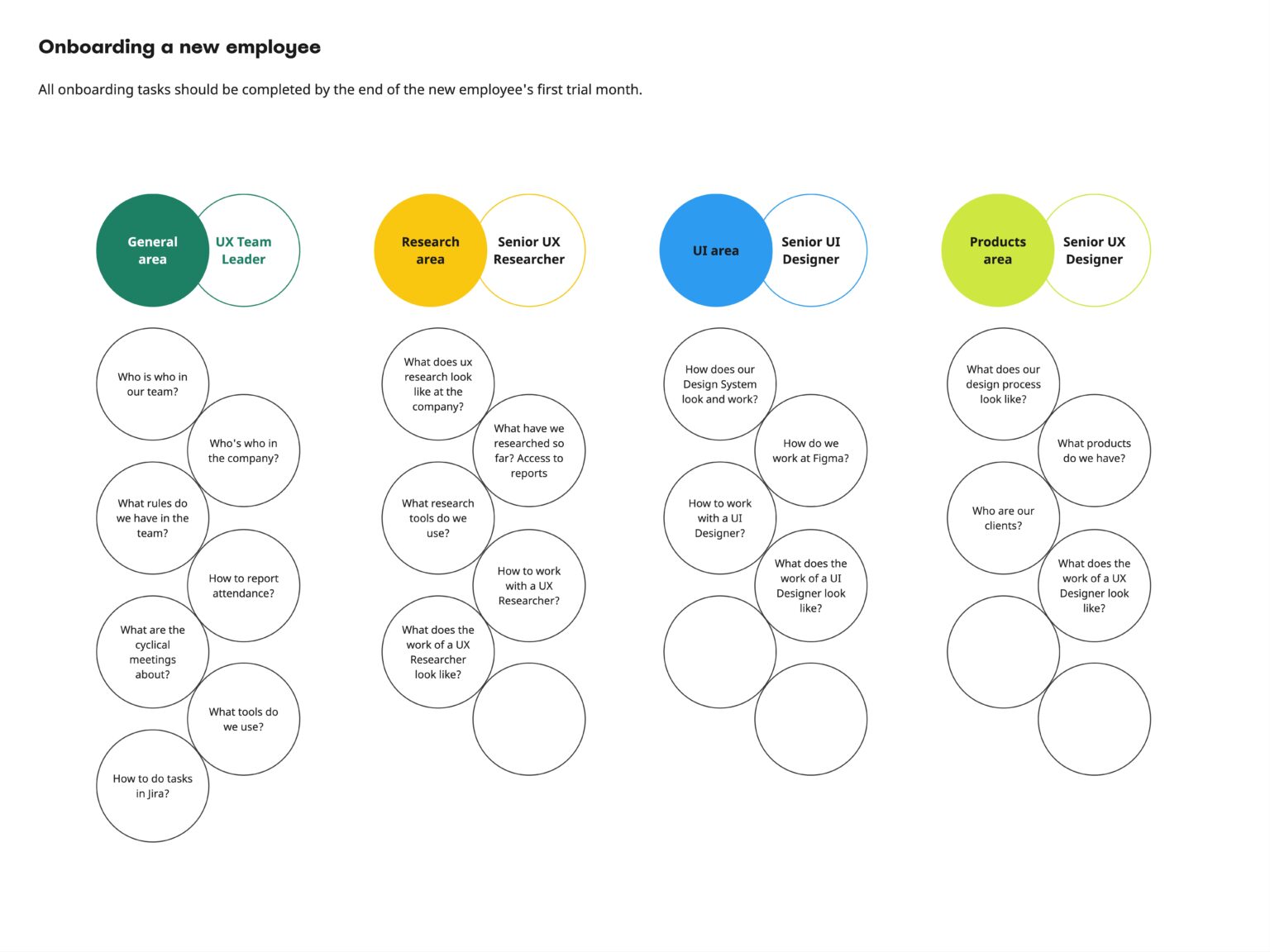The most important is TRUST RADICAL CANDOR PSYCHOLOGICAL SAFETY

Culture and values in the team
- Let's take care of ourselves and others by expressing our concerns, doubts, worries.
- Let's appreciate what is working well for the team and criticize what needs to be changed.
- Let's talk about problems before they scale to large proportions.
- Let's assume that the person sharing candid comments is motivated by positive intentions.
- Let's appreciate ourselves. Praise and criticism are equal, and their source is concern. Caring is not hiding one's doubts from the other person in order to spare him or her the annoyance.
- Let's communicate directly - let's not assume that others will guess what our opinions are, what we feel, what we think.
- Let's appreciate and thank them for their sincerity.
- We are the ones who shape the atmosphere and working environment in the team. We build a sense of security in which decisions can be made without fear of exclusion, embarrassment, marginalization or punishment.
- Each of us has different limits to this safety - let's establish a common safety signal. Using it can give you the opportunity to suspend or postpone a difficult conversation.
- We all want the best possible results from our work. Let's ask questions of other team members. Asking for support or feedback is the way to achieve this goal.
- Let's offer each other help and support. That way we have a chance to learn from each other.
- We do not assess your knowledge/lack of knowledge - these elements were verified in the recruitment process.
- We learn the most by making mistakes, so let's not be afraid of such situations. Regardless of experience, we are entitled to them. The important thing is to learn from them.
- Autonomy and autonomy in taking actions and decisions should be determined individually with the team leader.
- If we are unsure of our decisions, seek help or advice from other team members. Even when we do everything to minimize the risk of a wrong decision, it can happen to us.
- Ego is a stimulus for action, but uncontrolled it can disrupt the work and atmosphere in our team. Let's tame the ego - this will develop ourselves and others in the team.
- Substantively question the hypotheses put forward - including our own.
- Let's challenge bad processes and try to optimize them.
- Let's not uncritically accept the status quo - let's take the initiative to improve our environment.
Tell & kind culture
Alogorithm of salaries
The salary algorithm is, in my opinion, the best way to fairly compensate employees. The salaries are equal for people with the same experience. The problem of gender inequality in salaries also disappears.
Unfortunately, the algorithm I prepared was not officially used by the company. On the other hand, I supported myself with it when planning raises for my team.
Why is the algorithm for salaries good?
An algorithm for determining salaries in a team can offer several benefits for both the employer and the employees. Here are some reasons why a well-designed salary algorithm can be advantageous:
- Transparency and fairness: A salary algorithm can provide a clear and objective basis for determining compensation. This reduces the potential for favoritism or bias in salary decisions. When everyone understands how salaries are calculated, it promotes a sense of fairness among team members.
- Consistency: An algorithm ensures that similar roles with similar responsibilities and qualifications are compensated appropriately. This consistency helps in establishing a structured and predictable compensation framework within the organization.
- Motivation and morale: When employees perceive that their compensation is tied to objective criteria, it can boost motivation. Knowing that their efforts and contributions are directly linked to their compensation can encourage employees to perform at their best.
- Retention and employee satisfaction: Fair and transparent salary practices can contribute to higher levels of employee satisfaction. When employees feel that they are being compensated fairly for their contributions, they are more likely to stay with the company.
- Attracting talent: A well-structured salary algorithm can be a powerful recruitment tool. It demonstrates that the organization has a clear and rational approach to compensation, which can be appealing to potential candidates.
- Reduced disputes and conflicts: Having an objective algorithm in place can minimize disputes and conflicts related to salaries. When employees understand the criteria used for determining compensation, they are less likely to question or challenge the decisions.
- Compliance and legal protection: A well-designed salary algorithm can help ensure that the organization complies with labor laws and regulations. It provides a documented and defensible method for determining compensation, which can be important in case of legal challenges.
- Resource allocation and budgeting: A salary algorithm allows the organization to allocate resources for compensation in a strategic and efficient manner. It helps in budgeting for labor costs and ensures that compensation decisions are aligned with the organization’s financial goals.
- Adaptability to changing circumstances: A good salary algorithm can be designed to incorporate factors like market trends, inflation, and changes in the organization’s financial situation. This enables the organization to adjust salaries in response to evolving circumstances.
- Performance management alignment: A well-structured algorithm can be integrated with performance management systems, linking compensation to performance metrics. This encourages a results-oriented culture where high performance is rewarded.
Overall, a carefully designed salary algorithm can create a positive and transparent compensation environment, benefiting both the employer and the employees. However, it’s crucial that the algorithm is based on accurate and relevant data, and that it is periodically reviewed and adjusted to ensure it continues to meet the needs of the organization and its workforce.








